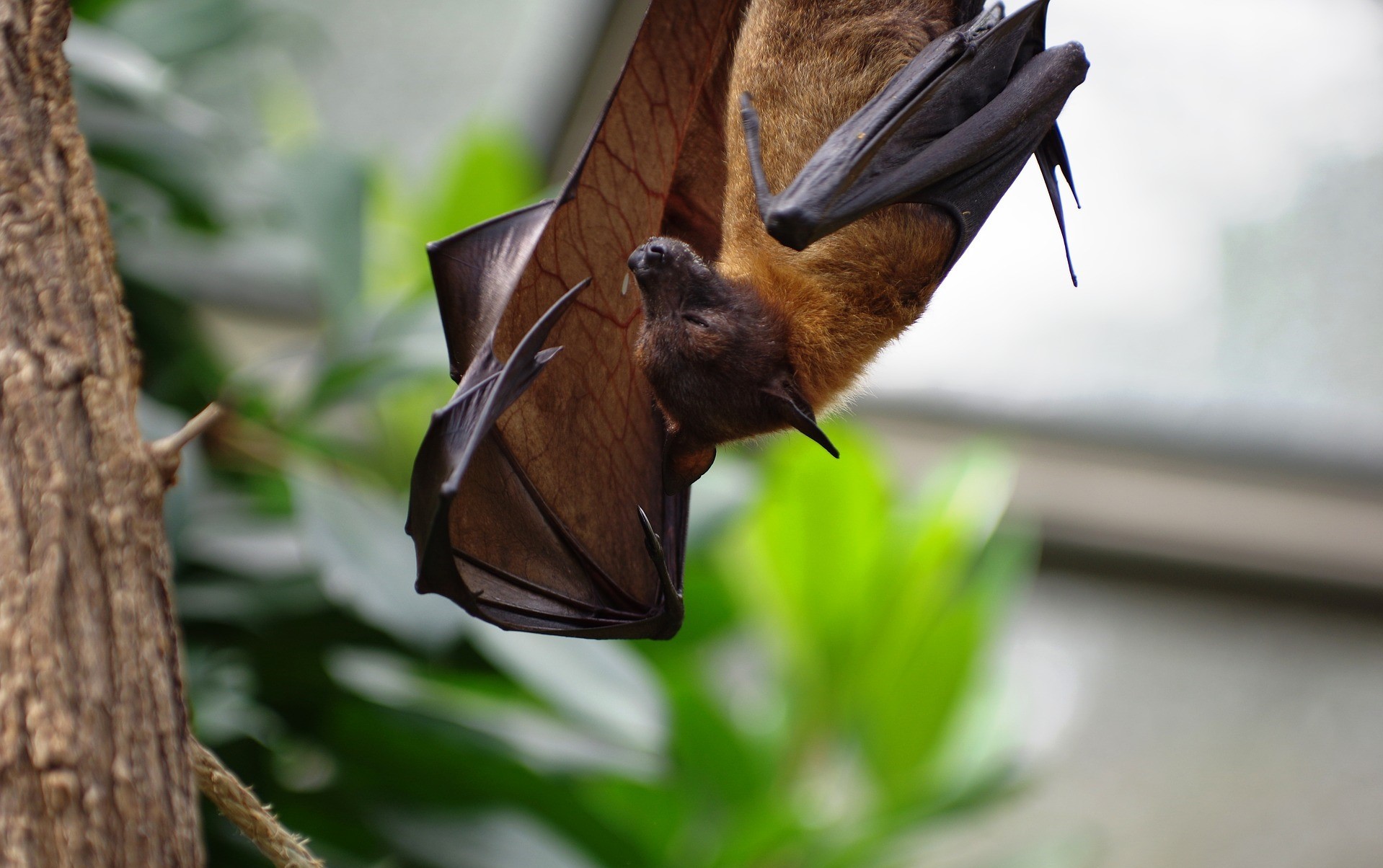Lesson 5
Combining Events
Let’s look at ways to describe events composed of other events.
5.1: Notice and Wonder: Birds and Bats


What do you notice? What do you wonder?

5.2: Eventful Islands

The small dots next to the names indicate that the name listed in the diagram is a country.
- Based on the categories in the Venn diagram, describe Northern Ireland in a way that will not include any other countries.
- Based on the categories in the Venn diagram, describe the Republic of Ireland in a way that will not include any other countries.
- How many countries displayed are not part of The British Isles?
- How many countries displayed are part of the United Kingdom?
- How many countries displayed are part of the Isle of Ireland?
- How many places displayed are part of the United Kingdom and the Isle of Ireland?
- How many places displayed are part of the United Kingdom or the Isle of Ireland?
- If one of the crown dependencies (there are 3) is chosen at random, what is the probability that it is part of The British Isles?
- Northern Ireland, England, Scotland and Wales are all part of the United Kingdom. If one of them is selected at random, what is the probability that it is also considered part of Great Britain?
- Given that the Republic of Ireland, Northern Ireland, England, Scotland, Wales, and the Isle of Man are all part of The British Isles, what is the probability that one of them selected at random is part of the Isle of Ireland?
5.3: Info Gap: College and Career Planning
Your teacher will give you either a problem card or a data card. Do not show or read your card to your partner.
If your teacher gives you the data card:
- Silently read the information on your card.
- Ask your partner “What specific information do you need?” and wait for your partner to ask for information. Only give information that is on your card. (Do not figure out anything for your partner!)
- Before telling your partner the information, ask “Why do you need to know (that piece of information)?”
- Read the problem card, and solve the problem independently.
- Share the data card, and discuss your reasoning.
If your teacher gives you the problem card:
- Silently read your card and think about what information you need to answer the question.
- Ask your partner for the specific information that you need.
- Explain to your partner how you are using the information to solve the problem.
- When you have enough information, share the problem card with your partner, and solve the problem independently.
- Read the data card, and discuss your reasoning.
5.4: Number Cube Descriptions
-
Roll the double number cube simulator twenty times. Record your results in the table.
first cube second cube first cube second cube -
List all the possible outcomes in each event. The first one is done for you.
-
The first cube is a 6. 6,1; 6,2; 6,3; 6,4; 6,5; 6,6
-
The cubes have a 4 and a 6.
-
The cubes are doubles. (Doubles means that the number on the two number cubes is the same.)
-
The cubes are doubles and the first cube is a 6.
-
The cubes are doubles or the first cube is a 6.
-
The first cube is not a 6.
-
The cubes are doubles and the first cube is not a 6.
-
The cubes are not doubles.
-
-
Use the information in the table to answer the questions.
-
What percentage of the rolls have a 6 on the first cube?
-
What percentage of the rolls have a 4 and a 6?
-
What percentage of the rolls are doubles?
-
What percentage of the rolls are doubles and have a 6 on the first cube?
-
What percentage of the rolls are doubles or have a 6 on the first cube?
-
What percentage of the rolls do not have a 6 on the first cube?
-
What percentage of the rolls are doubles and do not have a 6 on the first cube?
-
What percentage of the rolls are not doubles?
-
-
The sample space has 36 outcomes. Use this and the number of outcomes in each event to find the actual probability for each event in the previous problem. Compare your answers.
-
Why is the actual probability different from the percentage of rolls you made for each event?
-
Roll the triple number cube simulator forty times. Record your results in the table.
first cube
second cube
third cube
first cube second cube third cube first cube second cube third cube first cube second cube third cube -
List all the possible outcomes in each event. The first one is done for you.
-
The first cube is a 6. 6,6,1; 6,6,2; 6,6,3; 6,6,4; 6,6,5; 6,6,6; 6,5,1; 6,5,2; 6,5,3; 6,5,4; 6,5,5; 6,4,6; 6,6,1; 6,4,2; 6,4,3; 6,4,4; 6,4,5; 6,4,6; 6,3,1; 6,3,2; 6,3,3; 6,3,4; 6,3,5; 6,3,6; 6,2,1; 6,2,2; 6,2,3; 6,2,4; 6,2,5; 6,2,6; 6,1,1; 6,1,2; 6,1,3; 6,1,4; 6,1,5; 6,1,6.
-
The cubes have a 4, a 5, and a 6.
-
The cubes are triples. (Triples means that the number on the three number cubes is the same.)
-
-
Use the information in the table to answer the questions.
-
What percentage of the rolls have a 6 on the first cube?
-
What percentage of the rolls have a 4, a 5, and a 6?
-
What percentage of the rolls are triples?
-
-
The sample space has 216 outcomes. Use this and the number of outcomes in each event to find the actual probability for each event in the previous problem. Compare your answers.
-
If you rolled 500 times, do you think that the difference between the actual probability and the percentage of rolls you made for each event would increase or decrease? Explain your reasoning.
-
Describe a method for recording the 216 outcomes in the sample space. Do not actually record all 216 outcomes.
Summary
In many cases, it is useful to talk about the important outcomes in a sample space by naming characteristics the outcomes share or characteristics that are not in the outcomes.
For example, consider a group of 12 first-year students in college and their choices of science courses.

The circle on the left represents the students taking a chemistry class and the circle on the right represents the students taking a biology class. The region where the circles overlap represents the students taking both a chemistry class and a biology class. The students who are not included in either circle are not taking chemistry or biology.
We can describe some of the groups of students based on the characteristics they share or lack. For example:
- students A, B, C, and D are taking a chemistry course
- students A, K, and L are not taking a biology course
- students B, C, and D are taking a chemistry course and taking a biology course
- students E, F, G, H, I, and J are taking a biology course and are not taking a chemistry course
- students A, B, C, D, E, F, G, H, I, and J are taking a chemistry course or are taking a biology course
While listing the individual students in this case is not too difficult, when there are many outcomes in a sample space (which is often the case), it is often easier to describe the interesting ones using some characteristics they share.